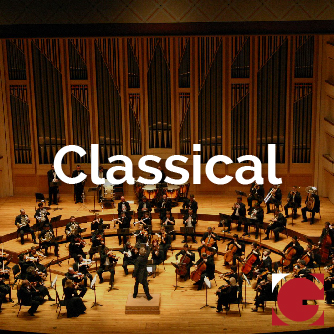Spanning centuries, the legacy and appeal of Classical music is real. Festooned with an armada of instruments and a legion of musicians, it has mesmerized the minds and seduced the ears of generations of listeners from string quartets to full city orchestras. One must be cognizant when taking in the continuing legacy of Classical music. The shear multitude of composer, past and present, throughout the world have taken up the cause of key, string, and brass for the endearment of Classical music. Here is a small sampling of the widely and mildly recognized geniuses from Europe to Asia.
Johann Sebastian Bach
Baroque composer of the late 17th century and early 18th century

Source: Wikipedia
He was known primarily as an organist, and his work there has been recognized as some of the greatest compositions of the instrument, from the The Well-Tempered Clavier to Toccata and Fugue. Throughout his career, Bach was able to make his mark on Baroque through his genius with counterpoint composition. Some of his other legacy pieces include Air on G String, the Brandenburg Concertos, and St Matthew Passion.
Wolfgang Amadeus Mozart
child prodigy who became an endearing influence and recognized grand master of Classical Composition
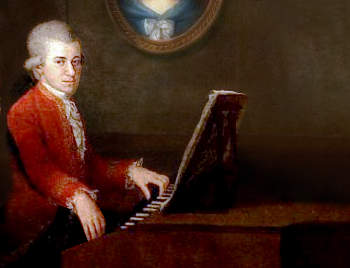
Source: Wikipedia
By age 17, Mozart was a musician at the Salzburg court. He was later dismissed while visiting Vienna in 1781. He stayed in Vienna accruing fame and recognition while losing money and financial stability. He would compose in his lifetime more than 600 works. During the final years in Vienna, which would end in his death, Mozart composed some of his greatest music, including his unfinished Requiem. Some of his other masterpieces include Serenade No. 13 for strings in G major (Eine kleine Nachtmusik “A Little Serenade”), Piano Concerto No. 24 in C minor, the Symphony No. 40 in G minor, along with operas such as Don Giovanni and The Marriage of Figaro.
Ludwig van Beethoven
German composer and pianist from the late 18th century to early 19th century who broke all the rules and remade Classical music
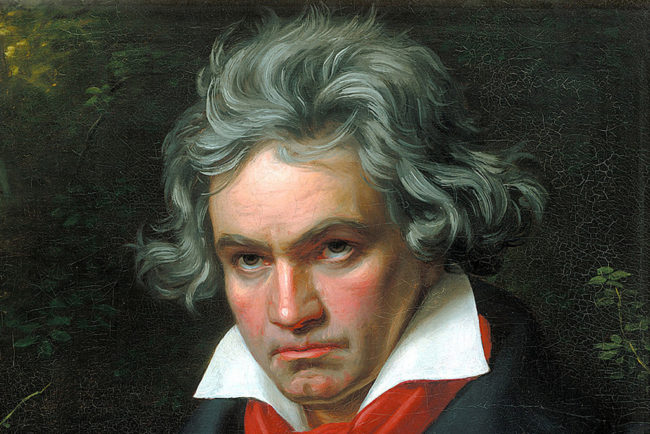
Source: Wikipedia
He was a pioneer in the Romantic Movement who most famously began losing his hearing in his august years but was still able to compose his final symphony and grand masterpiece, Symphony No. 9 “Choral.” He moved to Vienna at age 21 and studied composition with Joseph Haydn. He remained in Vienna until his death. His lasting legacy includes 32 piano sonatas, 9 symphonies, 10 violin sonatas, 5 cello sonatas, and his only opera Fidelio.
Bright Sheng
Chinese composer who immigrated to the United States in 1982
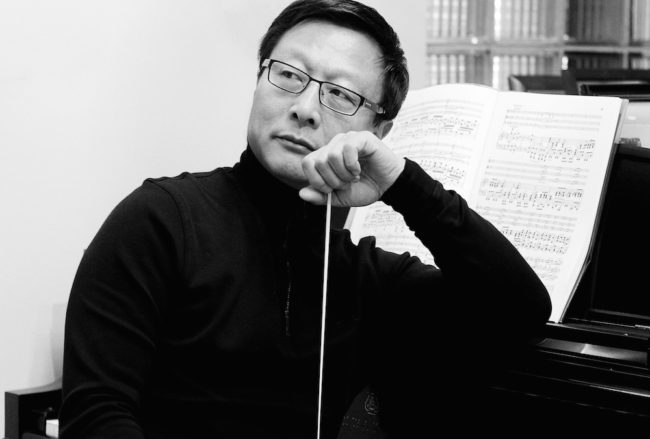
Source: Bright Sheng.com
His compositions have been performed by orchestras throughout the world. He was commissioned to compose for the White House in honor of Zhu Rongji, the Chinese Premier, and his works have been performed by legendary conductors and musicians such as Leonard Bernstein, Yo-Yo Ma, Peter Serkin, Leonard Slatkin, and Neeme Järvi. Some his most well regarded pieces include Never Far Away, Nanking! Nanking!, China Dreams, and Four Movements for Piano Trio.
Toru Takemitsu
Japanese composer who was largely self-taught

Source: en.schott-music.com
Takemitus famously combined Asian and occidental philosophy to create a unique music using his signature style. Mingling opposing elements, his compositions mixed sound with silence while laying the foundations of tradition and building on innovation. He composed hundreds of music pieces and scored 90 films. He was also a prodigious writer, drafting essays and books on aesthetics and music theory. Some of his most lasting works include his Requiem, Rain Tree Sketch, Arc for Strings, In an Autumn Garden, Rocking Mirror Daybreak, A Flock Descends into the Pentagonal Garden, and his score for Akira Kurosawa’s Ran.
Scott Joplin
African-American composer of the late 19th and early 20th century
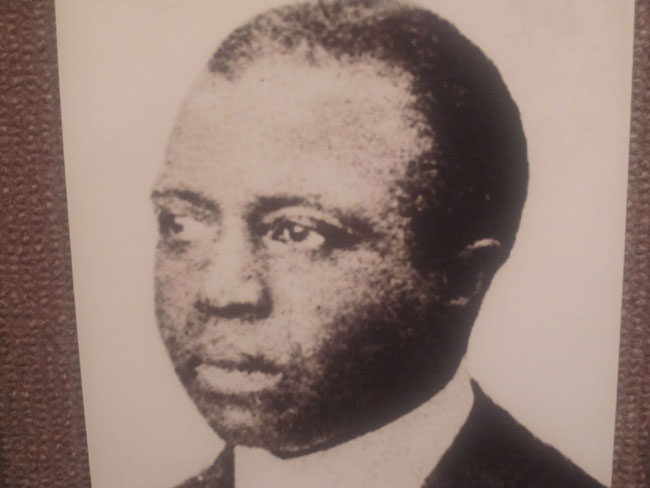
Source: Wikipedia
He was known as the King of Ragtime and wrote 44 ragtime compositions, including a ragtime ballet and two operas. Joplin spent the early part of his life as a railroad worker before moving to Sedalia, Missouri in 1894 to become a piano teach. By 1895, he began publishing his music, which immediately caught fire and burned a new path in the musical vision of the United States—inspiring the creation of new melodic form know as Jazz. Joplin began experiencing fame as a result of his music in 1899. Some of his most impressive music includes The Entertainer, Maple Leaf Rag, The Easy Winners, and Treemonisha.
George Walker
African-American composer who won the first Pulitzer Prize for Music
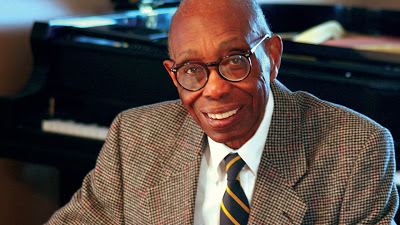
Source: http://chevalierdesaintgeorges.homestead.com
His awarding winning composition was Lilacs, which was finished in 1996. Born of an emigrant physician from Jamaica, Walker was taught piano as child and admitted to the Oberlin Conservatory later. He spent his life teaching in universities and composing music. He late in life would publish an autobiography in 2009. Some of his most famous music includes A Red, Red Rose for Voice and Piano, Canvas for Wind Ensemble and Narrator, Emily Dickinson Songs, and Icarus In Orbit.
Astor Pantaleón Piazzolla
Argentine composer that is renowned for his innovations with the Tango
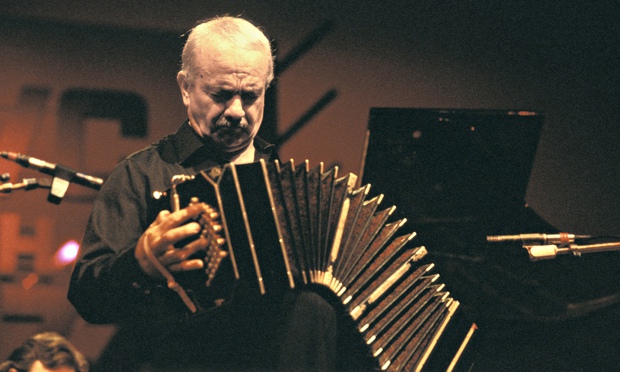
Source: taringa.net
He revolutionized the tango with oeuvre. He called it Nuevo Tango and with this style he married jazz and classical to consummate both traditions into this personal vision. His masterpieces include Concierto para bandoneon, Doble concierto para bandoneón y guitarra, and Suite Punta del Este.
Carlos Chávez
Mexican composer and founder of the Mexican Symphonic Orchestra

Source: welltempered.com
He was also a theorist, educator, and journalist. Living through the Mexican revolution in the early 20th century, Chavez was a major proponent of Mexican nationalism, composing music ballets using Aztec theme. He was appointed director of Mexico’s National Conservatory of Music in 1937 and published a book called Toward a New Music that pioneered the topic of electronic music as a new genre. Some of his most famous pieces include El fuego Nuevo, Los cuatro soles, Polígonos, Caballos de vapor, Resonancias, and Elatio.
Listen on Spotify
This article is part of GROM’s Music Genre series for 2017. To read more about other genres like Rock, Blues, Classical, check out here: http://gromaudio.com/blog/2017/02/grom-music-genre-2017/

